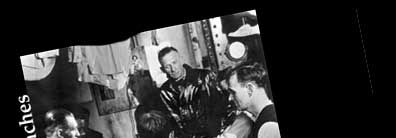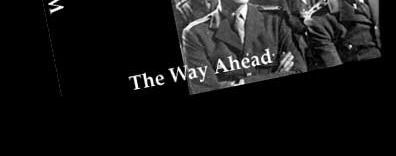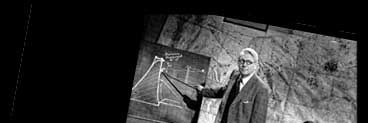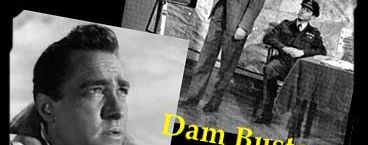





Target for Tonight was carefully packaged propaganda designed to bolster morale by showing how the RAF was inflicting major damage on German war industries. But it also reinforced wartime needs to ensure that everyone had a part to play in securing victory, and offered something new and quintessentially British: a new cinematic form, the story-documentary: a prototype for realist film. Within the wider narrative of the work of Bomber Command, was the story of a single bomber on a single mission. The dialogue was authentic, the personnel were serving airmen who had carried out such missions and would do so in the future (sadly, most of those featured in the crew would later be killed on active service). The filming took place at RAF Mildenhall, using service machines; only the aircraft interior scenes were shot on the sound stage at Denham Studios. By and large it was an authentic picture of Bomber Command at war. Yet, at the same time, it employed the narrative mode and melodramatic devices to draw the spectator into the unfolding narrative, and we share the drama, excitement and apprehension of the crew. As an attempt to create a new type of realistic film it succeeded far more than could have been anticipated and inspired a number of other story documentaries produced by the MOI: most notably Coastal Command (1942), about the RAF's contribution to winning the Battle of the Atlantic; I Was a Fireman (1943), the Auxiliary Fire Service during the Blitz, and Western Approaches (1944), dealing with the Merchant Navy. It was equally influential on subsequent feature films which adopted the documentary approach - The Gentle Sex (1943) and The Way Ahead (1945), for example, and in the long term contributed to the development of realism in British film. Yet its very success depended upon a major distortion of reality - suggesting that the RAF could locate targets deep inside Germany, bomb them with precision and avoid causing civilian casualties. In so doing created a particular and enduring image of the RAF's bomber offensive that was less than truthful, and quite at odds with its claim for realism.

From June 1940, the RAF had prioritised targets for its night bombing campaign: oil production and storage facilities, aircraft factories, railway junctions and other heavy industrial centres. The RAF was careful to emphasise that these were legitimate military targets - thus drawing a distinction between their bombing raids and the indiscriminate bombing campaign of the Luftwaffe, which clearly targeted civilians in urban centres in order to undermine British morale. The RAF claimed its own attacks were accurate and were causing considerable damage to the German war effort, but not civilians. Target for Tonight provided explicit visual evidence that supported the claim that bomber crews were capable of locating and destroying military targets deep inside Germany at night. In reality, during the early years of the war, it was difficult for bombers to locate their targets let alone bomb them with any precision. Quite simply the RAF lacked the navigational aids, bombsights or training that would allow them to do so.





